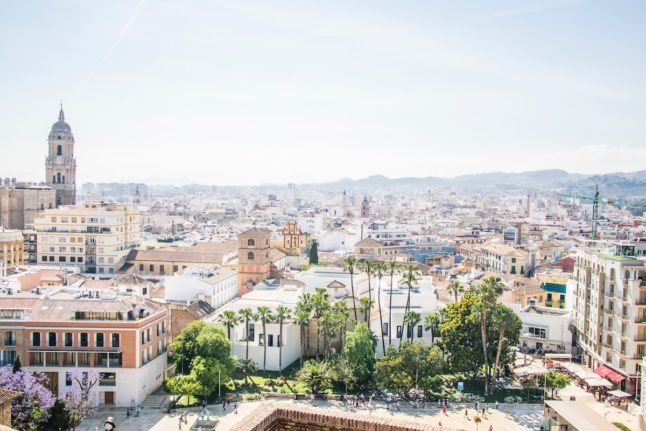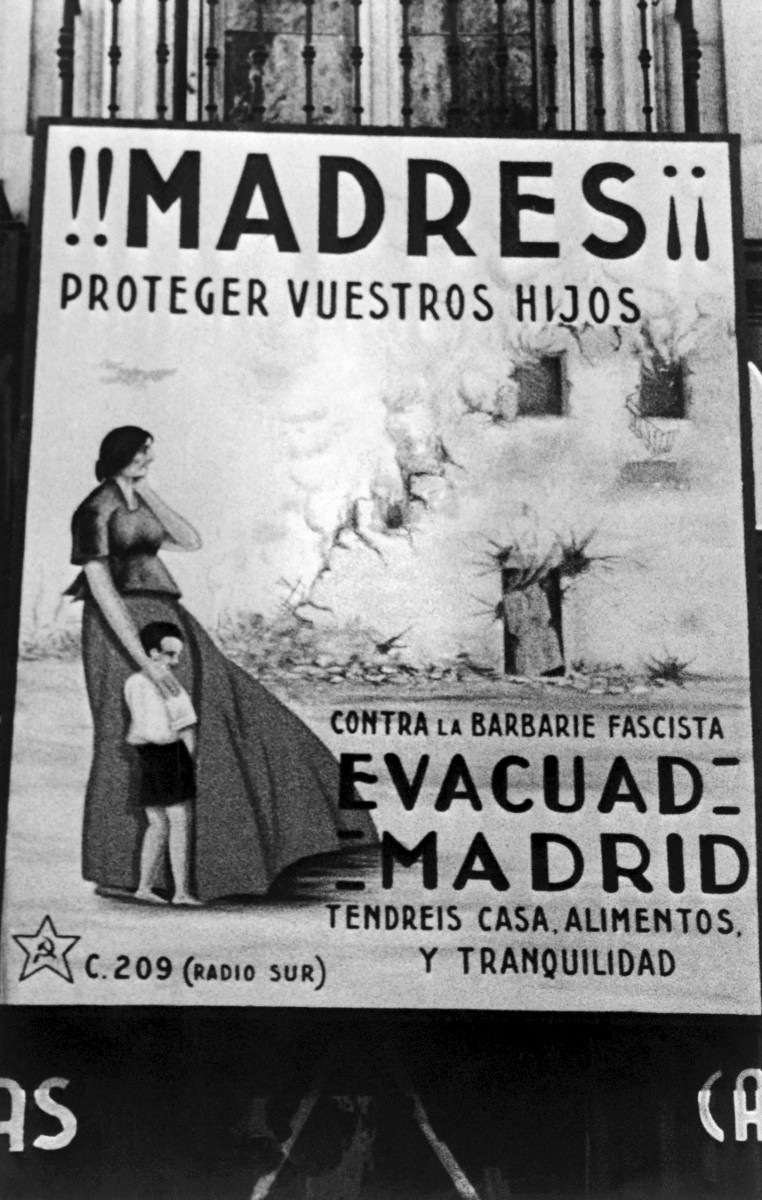Málaga’s coastal location as the gateway to the Costa del Sol, its bustling centre and many cultural and artistic attractions make it a popular choice for foreigners.
If you’re living in Málaga, you’ll know that sometimes simple tasks such as parking, finding up-to-date information about the beaches and booking a doctor’s appointment can be tricky or take time. These seven essential apps can help you out.
Playas de Málaga
If you’re a fan of the beach, this app could prove very useful during the long summer months in the city. It gives you information on each of the beaches in the Málaga area, as well as the possibility to reserve barbecue spots to have your own moragas (beach parties with barbecued sardines). Health and safety information about all the beaches is also provided along with any updates from the Málaga City Council Beach Area. Directions to get to any of the beaches, weather information and even digital postcards are also available. It can be used in both Spanish and English. You can download it via the AppStore here.
EMT Málaga
The app from the Málaga Municipal Transport Company is invaluable for those who regularly need to travel around the city on public transport. It can tell you the best route to get to your destination, how long you need to wait for a bus and even enables you to top up your EMT travel card with more credit. If you use the Malagabici public bicycle system, it also allows you to find out how many bikes are available at each station and even rent them with your EMT card. It’s available via the App Store here and via the Google Play Store here.
Aparcamientos Málaga SMASSA
This app, managed by the Sociedad Municipal de Aparcamientos y Servicios de Málaga, offers several utilities related to paid parking in the city. You can check how many free spaces there are in each municipal car park and in the different SARE parking areas. You can even pay for parking fees straight from your mobile. If you do this, it also allows you to renew the parking time and notifies you when it’s about to run out. In addition, it has a radar function that detects where the nearest parking space is. It’s available via the App Store here and via the Google Play Store here.
Too Good to Go
Too Good To Go is a great app that allows you to get your hands on food that would otherwise be thrown out.
According to the Too Good To Go website, around a third of food is wasted. Not only is that bad for the environment, but it also means that you can take advantage of loads of perfectly good (and tasty) food that would otherwise go straight in the bin.
You can download the app here, and through the Apple App Store, Google Play y Huawei AppGallery. From there, you can browse the various local restaurants and businesses partnered with Too Good To Go, including Aloha Poke and Udon, and arrange to pick up your food from a nearby location.
Salud Responde
Andalusia’s public health app is an invaluable resource for anyone registered in the public system. The app enables you to book an appointment without having to call on the phone, to modify any existing appointments or find out any laboratory results. You can also look up the answers to any frequently asked questions on many health-related topics such as vaccinations, allergies, sexual health, flu, maternity care and hospital admissions. It’s available via the App Store here and via the Google Play Store here.
PideTaxi
Whether you’re a regular taxi user or occasionally need to book one after a late night or an early morning flight, then PideTaxi may come in handy. It was launched by Radio Taxi Association of Spain and is associated with Unitaxi in Málaga. Through the app you can request a taxi to come straight away or book it in advance from any point in the city. You can also request special taxis such as a vehicle adapted for the disabled, a taxi for large groups or the transportation of pets. The app will also help calculate the trip price so that you’re not surprised at the end. It’s available via the App Store here and via the Google Play Store here.
Málaga CitySense
CitySense is a citizen participation project in Málaga that aims to generate new collaborative experiences for users in the city. It enables the city to gather data on the way its citizens use the city and its services by reading the sensors on your smartphone, which is all done anonymously and safely. It also gives users real-time data on the city from culture to science and weather, as well as various points of interest you may want to visit. You can find out more about the app here.




 Please whitelist us to continue reading.
Please whitelist us to continue reading.
Member comments